Home>Gardening & Outdoor>Landscaping Ideas>How To Grow Golf Course Grass


Landscaping Ideas
How To Grow Golf Course Grass
Published: January 24, 2024
Learn effective landscaping ideas for growing golf course grass and maintaining a lush, green landscape. Discover expert tips and techniques for achieving the perfect golf course grass.
(Many of the links in this article redirect to a specific reviewed product. Your purchase of these products through affiliate links helps to generate commission for Storables.com, at no extra cost. Learn more)
Introduction
When it comes to creating a lush, verdant golf course, the type of grass you choose plays a pivotal role in achieving that picture-perfect green. Golf course grass not only adds to the aesthetic appeal of the course but also influences the playability and overall experience for golfers. Whether you're a golf course superintendent, a landscaping professional, or an avid golfer looking to enhance your home putting green, understanding the intricacies of growing golf course grass is essential.
The process of growing golf course grass involves a series of carefully orchestrated steps, from selecting the right grass seed to meticulous soil preparation, planting, watering, fertilizing, and ongoing maintenance. Each phase contributes to the development of a resilient, uniform, and visually stunning turf that can withstand the rigors of golf play while providing a smooth, consistent surface for golfers.
In this comprehensive guide, we will delve into the essential aspects of cultivating golf course grass, offering valuable insights and practical tips to help you achieve the perfect fairway or putting green. Whether you're embarking on a new golf course construction project or seeking to revitalize an existing course, the information presented here will serve as a valuable resource to guide you through the intricacies of nurturing and maintaining impeccable golf course grass.
From the selection of the most suitable grass seed varieties to the nuances of soil preparation, irrigation, fertilization, mowing, and troubleshooting common issues, this guide will equip you with the knowledge and expertise needed to cultivate a resilient, visually stunning turf that meets the exacting standards of a top-tier golf course.
Embark on this journey with us as we explore the art and science of growing golf course grass, uncovering the secrets to achieving a vibrant, healthy, and play-ready turf that will elevate the beauty and functionality of any golf course or putting green. Let's dive into the fascinating world of golf course grass cultivation and discover the transformative power of nurturing nature's green carpet.
Key Takeaways:
- Choosing the right grass seed and preparing the soil are crucial for growing vibrant golf course grass. Factors like climate, sunlight, soil type, and maintenance needs must be considered for a resilient and visually appealing turf.
- Meticulous planting, watering, fertilizing, and maintenance practices are essential for nurturing a lush and play-ready golf course grass landscape. Proactive pest and disease management, weed control, and environmental stress mitigation are vital for preserving turf health and aesthetics.
Read more: How Often Do Golf Courses Cut Grass
Choosing the Right Grass Seed
Selecting the right grass seed is a critical first step in establishing a resilient and visually appealing turf for a golf course. The choice of grass seed varieties directly impacts the playability, aesthetics, and overall performance of the course. Factors such as climate, soil type, sun exposure, and anticipated foot traffic must be carefully considered when determining the most suitable grass species for the intended application.
Consider Climate and Weather Conditions
The climate of the region where the golf course is located plays a pivotal role in determining the ideal grass seed varieties. Warm-season grasses, such as Bermuda grass and Zoysia grass, thrive in regions with hot summers and mild winters, while cool-season grasses like Bentgrass and Kentucky Bluegrass are better suited to areas with cold winters and moderate summers. Understanding the local climate and weather patterns is essential for selecting grass seed that will flourish in the given environment.
Assess Sunlight and Shade
The amount of sunlight and shade present on the golf course must be carefully evaluated to choose grass seed varieties that can thrive in varying light conditions. Some grass species, like Bermuda grass, are well-adapted to full sun exposure, while others, such as Fine Fescue, excel in shaded areas. By assessing the sun and shade patterns across the course, the most appropriate grass seed varieties can be selected to ensure uniform coverage and optimal growth.
Evaluate Soil Type and Quality
The composition and quality of the soil have a significant impact on the success of grass growth. Factors such as soil pH, drainage, and nutrient levels influence the suitability of different grass species. For instance, sandy soils may require grass varieties with drought tolerance, while clay soils might benefit from grasses that can withstand waterlogged conditions. Conducting a thorough soil analysis helps in identifying the most compatible grass seed options for the specific soil conditions present on the golf course.
Read more: How To Make A Mini Golf Course
Consider Maintenance Requirements
Different grass species have varying maintenance needs, including mowing frequency, fertilization requirements, and pest resistance. When selecting grass seed, it's essential to consider the maintenance capabilities and resources available for the golf course. Some grass varieties, such as Bermuda grass, are known for their resilience and low maintenance requirements, making them an attractive choice for high-traffic areas.
Prioritize Playability and Aesthetics
In addition to practical considerations, the playability and visual appeal of the grass are crucial factors to consider. Golf course superintendents often prioritize grass seed varieties that provide a smooth, consistent playing surface while exhibiting a rich, vibrant green color. Grass species like Bentgrass are renowned for their fine texture and exceptional putting quality, making them a popular choice for putting greens and fairways where a premium playing experience is desired.
By carefully evaluating these factors and consulting with turfgrass experts, golf course managers can make informed decisions when choosing the right grass seed varieties. Ultimately, the selection of suitable grass species sets the foundation for a resilient, visually stunning turf that enhances the overall quality and enjoyment of the golfing experience.
Preparing the Soil
Preparing the soil is a crucial step in establishing the foundation for healthy and robust golf course grass. The quality of the soil directly impacts the growth, resilience, and overall performance of the turf, making thorough soil preparation an essential precursor to successful grass cultivation.
Soil Testing and Analysis
Before initiating any soil preparation activities, conducting a comprehensive soil test is imperative. Soil testing provides valuable insights into crucial factors such as pH levels, nutrient content, and soil composition. By understanding the specific characteristics of the soil, golf course managers can tailor their soil preparation efforts to address any deficiencies and create an optimal environment for grass growth.
Soil Amendments
Based on the results of the soil test, soil amendments may be necessary to rectify any imbalances or deficiencies in the soil. Common soil amendments include lime to adjust pH levels, organic matter to improve soil structure and fertility, and specific nutrients such as nitrogen, phosphorus, and potassium to supplement any deficiencies. By incorporating the appropriate soil amendments, the soil can be enriched to support healthy grass growth and development.
Soil Aeration
Aeration is a fundamental practice that helps alleviate soil compaction and promote better air and water penetration. For golf course grass, especially in high-traffic areas, soil compaction can hinder root development and overall turf health. Core aeration, which involves removing small plugs of soil from the ground, is an effective method to enhance soil aeration and create an environment conducive to robust root growth and nutrient absorption.
Grading and Leveling
Achieving a uniform and level surface is essential for the visual appeal and playability of the golf course grass. Grading and leveling the soil help create an even surface, minimizing the risk of water pooling and ensuring consistent turf coverage. Proper grading also facilitates efficient water drainage, preventing waterlogged areas that can impede grass growth and lead to turf issues.
Soil Compaction Management
Managing soil compaction is critical for establishing an optimal growing environment for golf course grass. Compacted soil restricts root penetration and inhibits the absorption of essential nutrients and water. Implementing practices such as deep tine aeration and verticutting can help alleviate soil compaction, promoting healthier root systems and overall turf vigor.
By meticulously preparing the soil through testing, amendments, aeration, grading, and compaction management, golf course managers can lay the groundwork for a resilient, visually appealing turf that meets the demanding standards of a top-tier golf course. The soil preparation phase sets the stage for successful grass establishment and long-term turf health, underscoring its significance in the overall cultivation process.
Read more: How Many Holes In A Mini Golf Course
Planting the Grass Seed
Planting the grass seed marks a pivotal stage in the journey of establishing a vibrant and resilient turf for a golf course. The process of sowing the grass seed demands precision, attention to detail, and a thorough understanding of optimal planting techniques to ensure successful germination and uniform grass coverage.
Timing and Seasonal Considerations
Selecting the appropriate time for planting the grass seed is crucial for maximizing germination success. Factors such as temperature, moisture levels, and seasonal growth patterns play a significant role in determining the ideal timing for sowing. For cool-season grasses, early fall presents an optimal window for planting, as the soil remains warm, and cooler temperatures promote seedling establishment. In contrast, warm-season grasses thrive when planted in late spring or early summer, taking advantage of the warmer soil conditions and ample sunlight for germination.
Seed Distribution and Coverage
Achieving uniform seed distribution and coverage is essential for establishing a consistent and visually appealing turf. Whether using a broadcast spreader for large areas or hand seeding for precision applications, ensuring even seed distribution across the designated area is critical. Proper seed coverage, typically at a rate recommended for the specific grass species, promotes dense turf establishment and minimizes the risk of patchy or sparse growth.
Seed-to-Soil Contact
Facilitating adequate seed-to-soil contact is fundamental to support germination and seedling development. After broadcasting the grass seed, lightly raking or dragging the soil surface helps to ensure that the seeds make direct contact with the soil. This intimate connection promotes moisture retention, enhances seedling anchorage, and facilitates nutrient uptake, fostering favorable conditions for robust germination and early growth.
Read more: How Fast Does The Grass Grow Back In Golf
Irrigation and Moisture Management
Following seed sowing, consistent and targeted irrigation is essential to provide the moisture necessary for seed germination and establishment. Light, frequent watering helps to keep the soil surface consistently moist without causing runoff or waterlogging. As the seedlings emerge and develop, gradual adjustments to the irrigation regimen are made to encourage deep root growth and drought tolerance, laying the groundwork for a resilient and well-adapted turf.
Protection and Monitoring
Protecting the newly planted grass seed from external stressors and disturbances is crucial for successful establishment. Measures such as installing erosion control blankets or utilizing straw mulch help safeguard the seeds from erosion, birds, and environmental fluctuations. Regular monitoring of the seeded areas allows for early detection of potential issues, enabling timely adjustments to the irrigation, maintenance, and protection strategies to support optimal seedling development.
By meticulously executing the planting phase, golf course managers and landscaping professionals can set the stage for the emergence of a lush, uniform, and resilient turf that embodies the beauty and functionality expected of a top-tier golf course. The art of planting the grass seed represents a transformative moment in the journey of nurturing nature's green carpet, laying the groundwork for a visually stunning and play-ready turf that captivates and delights golfers and visitors alike.
Watering and Fertilizing
Watering and fertilizing are integral components of nurturing healthy and vibrant golf course grass, playing a pivotal role in sustaining optimal growth, resilience, and visual appeal. The strategic application of water and nutrients is essential for maintaining a lush, uniform turf that can withstand the rigors of golf play while exuding a rich, verdant aesthetic.
Watering Practices
Effective watering practices are fundamental to promoting deep root development, drought resistance, and overall turf vigor. The frequency and duration of irrigation are tailored to the specific grass species, soil type, weather conditions, and seasonal growth patterns. By adhering to targeted watering schedules, golf course managers can optimize water usage while fostering a robust and well-hydrated turf.
Irrigation Systems
Modern golf course irrigation systems, including automated sprinklers, drip irrigation, and moisture-sensing technologies, offer precise control over water distribution, ensuring uniform coverage and efficient moisture delivery. These systems enable golf course superintendents to customize irrigation schedules, adjust watering levels based on real-time moisture data, and minimize water wastage, thereby promoting sustainable turf management practices.
Fertilization Strategies
Strategic fertilization is essential for supplying the necessary nutrients to support vigorous grass growth and sustained color vibrancy. Customized fertilization programs, tailored to the specific nutrient requirements of the grass species and the soil composition, aim to optimize nutrient uptake and utilization, fostering robust root systems and overall turf health.
Soil Testing and Nutrient Analysis
Conducting regular soil tests and nutrient analyses is a foundational practice in formulating precise fertilization strategies. These assessments provide valuable insights into the existing nutrient levels, pH balance, and soil composition, guiding the selection of appropriate fertilizers and application rates to address any deficiencies and promote balanced turf nutrition.
Slow-Release Fertilizers
The utilization of slow-release fertilizers offers a sustainable approach to providing long-term nutrient support for golf course grass. These specialized fertilizers gradually release essential nutrients over an extended period, promoting consistent growth and minimizing the risk of nutrient leaching, thereby contributing to environmental stewardship and efficient resource utilization.
Environmental Considerations
Mindful consideration of environmental factors, such as water conservation, nutrient runoff prevention, and ecological impact, underpins responsible watering and fertilizing practices. By integrating eco-friendly approaches, such as utilizing reclaimed water for irrigation and employing precision application techniques, golf course managers can uphold environmental sustainability while nurturing a vibrant and resilient turf.
By implementing meticulous watering and fertilizing practices, golf course managers and turf care professionals can sustain a visually stunning, play-ready turf that embodies the beauty and functionality expected of a top-tier golf course. The harmonious synergy of targeted watering and precise fertilization culminates in the cultivation of a resilient and visually captivating grass landscape, enriching the golfing experience and elevating the allure of the course.
Mowing and Maintenance
Mowing and maintenance are integral facets of nurturing a pristine and play-ready golf course grass landscape. The meticulous management of mowing heights, frequency, and maintenance practices is essential for promoting a resilient, visually appealing turf that meets the exacting standards of a top-tier golf course.
Mowing Heights and Patterns
The strategic determination of mowing heights is paramount in shaping the aesthetics and playability of the golf course grass. Different grass species and areas of the course, such as fairways, tees, and greens, require specific mowing heights to optimize turf health and performance. Precision mowing equipment, including reel mowers and rotary mowers, is employed to achieve consistent and uniform cutting, contributing to the creation of a smooth and visually striking playing surface.
Adhering to established mowing patterns, such as alternating mowing directions and utilizing overlapping passes, helps minimize turf stress and compaction while fostering an even and well-groomed appearance. These meticulous mowing practices contribute to the creation of a visually captivating and meticulously manicured turf that enhances the overall aesthetic appeal of the golf course.
Maintenance Practices
Beyond mowing, comprehensive maintenance practices encompass a spectrum of activities aimed at preserving turf health and vitality. Core aeration, dethatching, and topdressing are fundamental maintenance procedures that promote soil aeration, alleviate thatch buildup, and enhance soil structure, fostering robust root growth and nutrient absorption.
Integrated pest management strategies, encompassing proactive monitoring and targeted pest control measures, safeguard the turf from detrimental insect infestations and disease outbreaks, preserving the integrity and resilience of the grass landscape. Furthermore, proactive weed management, including selective herbicide applications and cultural practices, helps maintain a weed-free turf, ensuring uniform coverage and optimal playability.
Read more: What Kind Of Grass Is On Golf Greens
Irrigation and Soil Care
Sustainable irrigation practices, tailored to the specific water needs of the grass species and environmental conditions, play a pivotal role in sustaining turf vigor and resilience. Precision irrigation systems, coupled with moisture monitoring technologies, enable efficient water delivery, minimizing wastage and promoting deep root development, drought resistance, and overall turf health.
Soil care practices, including targeted fertilization, pH management, and organic matter incorporation, contribute to the creation of a nutrient-rich and well-structured soil environment that supports vigorous grass growth and sustained visual vibrancy. These holistic soil care initiatives underpin the long-term health and vitality of the golf course grass, ensuring a resilient and visually captivating turf that embodies the beauty and functionality expected of a top-tier golf course.
By meticulously attending to mowing and maintenance practices, golf course managers and turf care professionals uphold the impeccable standards of a top-tier golf course, nurturing a visually stunning and play-ready turf that captivates and delights golfers and visitors alike. The harmonious integration of precision mowing, comprehensive maintenance, and sustainable turf care practices culminates in the cultivation of a resilient and visually captivating grass landscape, enriching the golfing experience and elevating the allure of the course.
Dealing with Common Issues
Maintaining a pristine golf course grass landscape involves addressing common challenges that can impact the health, aesthetics, and playability of the turf. By proactively identifying and effectively managing these issues, golf course managers and turf care professionals can uphold the impeccable standards of the course while ensuring a visually stunning and resilient turf for golfers to enjoy.
Pest and Disease Management
Pest infestations and disease outbreaks pose significant threats to the vitality of golf course grass. Implementing integrated pest management (IPM) strategies is essential for mitigating these risks. Regular monitoring for signs of pests and diseases, coupled with timely and targeted control measures, helps safeguard the turf from detrimental impacts. Selective pesticide applications, cultural practices, and the promotion of natural predators contribute to sustainable pest and disease management, preserving the integrity and health of the grass landscape.
Weed Control and Prevention
Weed encroachment can detract from the uniformity and visual appeal of the turf. Employing proactive weed control measures, including targeted herbicide applications and cultural practices, is crucial for maintaining a weed-free golf course grass landscape. By addressing weed issues promptly and systematically, golf course managers can ensure that the turf remains lush, uniform, and aesthetically pleasing, enhancing the overall quality of the playing surface.
Read more: How To Grow Wheatgrass
Environmental Stress Management
Environmental stressors, such as extreme weather conditions, compaction, and inadequate drainage, can compromise the resilience and health of the turf. Implementing measures to alleviate soil compaction, improve drainage, and enhance turf resilience against environmental stressors is essential. Practices such as aeration, topdressing, and soil amendments contribute to creating an optimal growing environment, fortifying the turf against environmental challenges and promoting long-term health and vitality.
Turfgrass Recovery and Renovation
In the event of turf damage or deterioration, swift and strategic recovery and renovation efforts are paramount. Overseeding, sod replacement, and targeted soil amendments can rejuvenate damaged areas, promoting rapid turf recovery and revitalization. By promptly addressing turfgrass issues and implementing effective recovery strategies, golf course managers can uphold the impeccable standards of the course, ensuring a consistently lush, uniform, and visually captivating grass landscape.
By adeptly managing these common issues, golf course managers and turf care professionals uphold the impeccable standards of the course, ensuring a visually stunning and resilient turf for golfers to enjoy. The proactive identification and effective management of pest and disease challenges, weed encroachment, environmental stressors, and turfgrass recovery needs are instrumental in preserving the beauty and functionality of the golf course, enriching the overall golfing experience.
Conclusion
In the realm of golf course management and landscaping, the cultivation of impeccable grass landscapes stands as a testament to the harmonious fusion of artistry, science, and meticulous care. As we conclude this comprehensive guide to growing golf course grass, it becomes evident that the journey of nurturing nature's green carpet transcends mere horticultural practices; it embodies a profound commitment to excellence and an unwavering dedication to creating environments of unparalleled beauty and functionality.
From the initial selection of the most suitable grass seed varieties to the meticulous soil preparation, precise planting, strategic watering and fertilizing, and the ongoing mowing, maintenance, and troubleshooting efforts, every phase of the grass cultivation process intertwines to form a tapestry of natural splendor and playability. The culmination of these efforts is a visually stunning, resilient, and play-ready turf that beckons golfers to embark on a journey of skill, camaraderie, and appreciation for the natural world.
The art and science of growing golf course grass encapsulate a profound understanding of ecological nuances, climatic influences, and the intricate interplay between soil, water, sunlight, and the living, breathing canvas of grass. It is a testament to the enduring legacy of craftsmanship and stewardship, where each blade of grass embodies the collective dedication of those who strive to uphold the impeccable standards of a top-tier golf course.
As golf course superintendents, landscaping professionals, and enthusiasts of the game, we are entrusted with the custodianship of these verdant sanctuaries, where the undulating fairways, pristine greens, and lush surrounds serve as a testament to the enduring allure of the sport. The culmination of our efforts is not merely a landscape of grass; it is a living testament to the pursuit of perfection, the celebration of nature's splendor, and the creation of enduring memories for generations of golfers to come.
In the grand tapestry of golf course grass cultivation, each meticulous action, each thoughtful decision, and each nurturing touch coalesce to form a living legacy—a legacy that transcends time, resonates with the echoes of laughter and competition, and stands as a testament to the enduring bond between humanity and the natural world. As we partake in this timeless journey, let us continue to nurture and celebrate the transformative power of golf course grass, weaving together the threads of tradition, innovation, and reverence for the timeless beauty of the game.
Frequently Asked Questions about How To Grow Golf Course Grass
Was this page helpful?
At Storables.com, we guarantee accurate and reliable information. Our content, validated by Expert Board Contributors, is crafted following stringent Editorial Policies. We're committed to providing you with well-researched, expert-backed insights for all your informational needs.
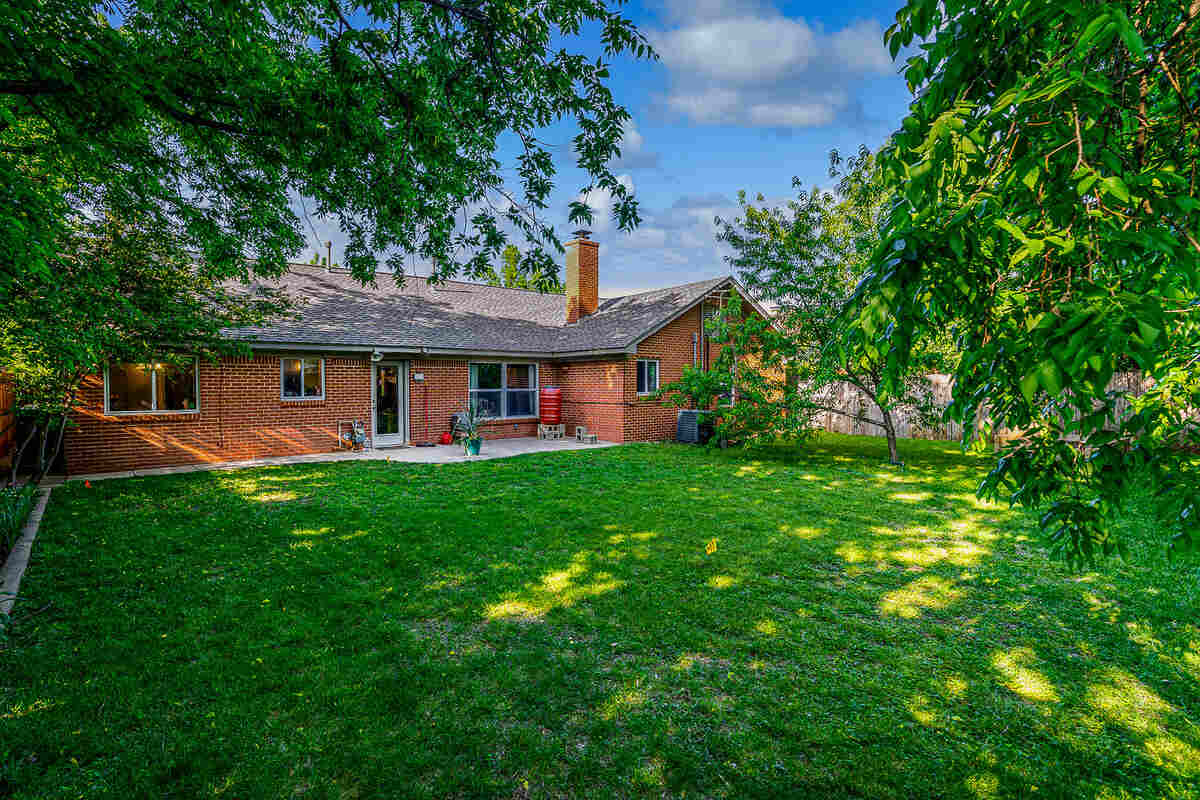
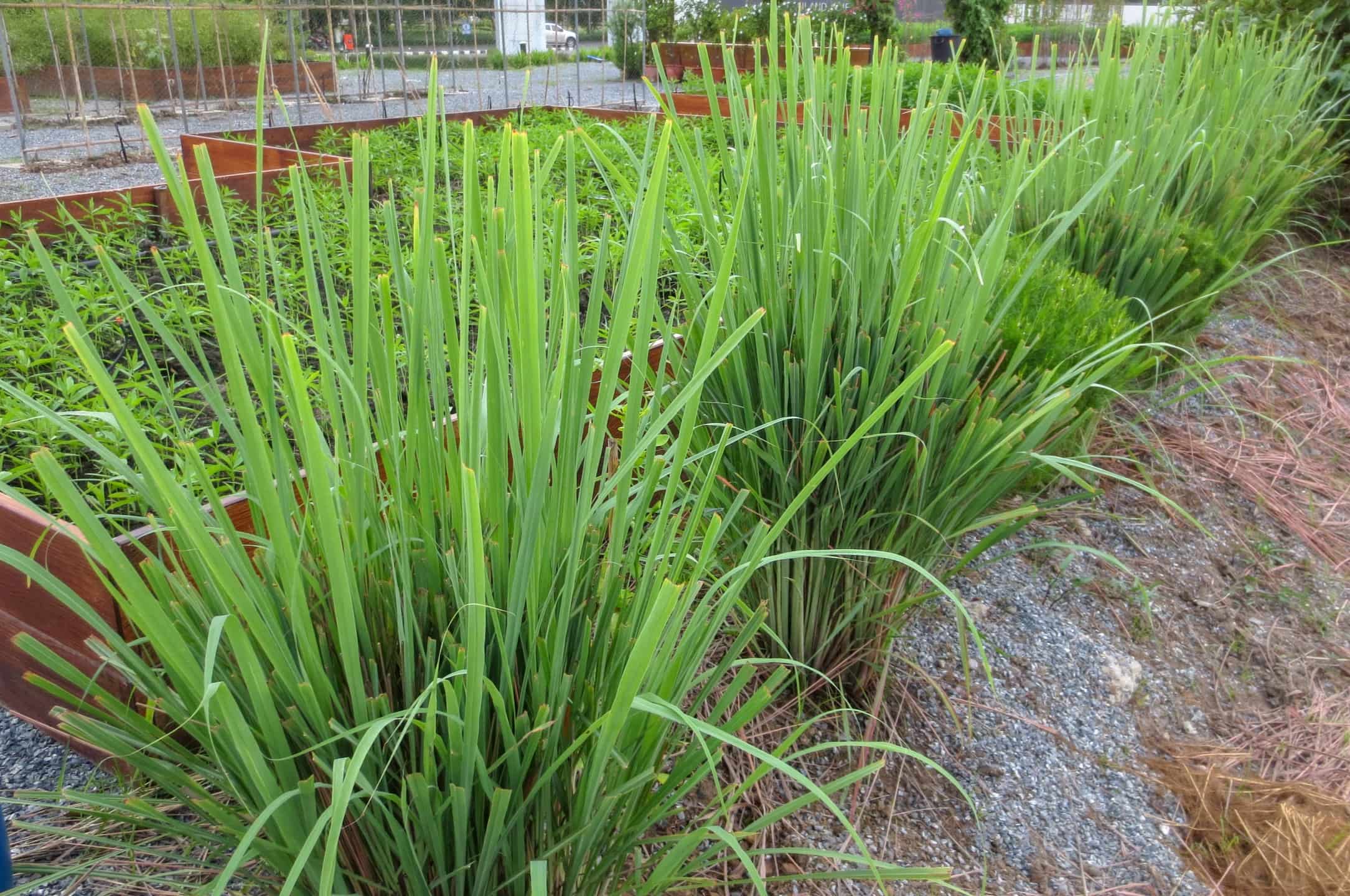
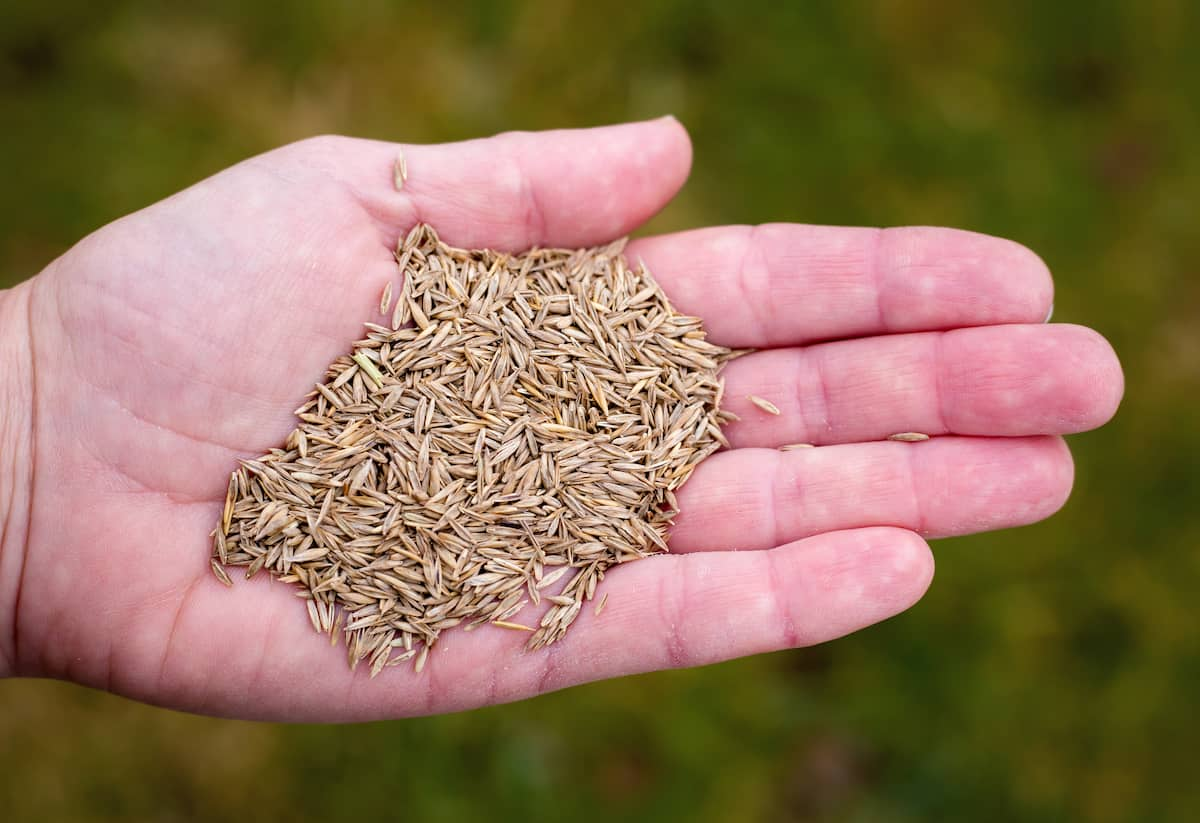
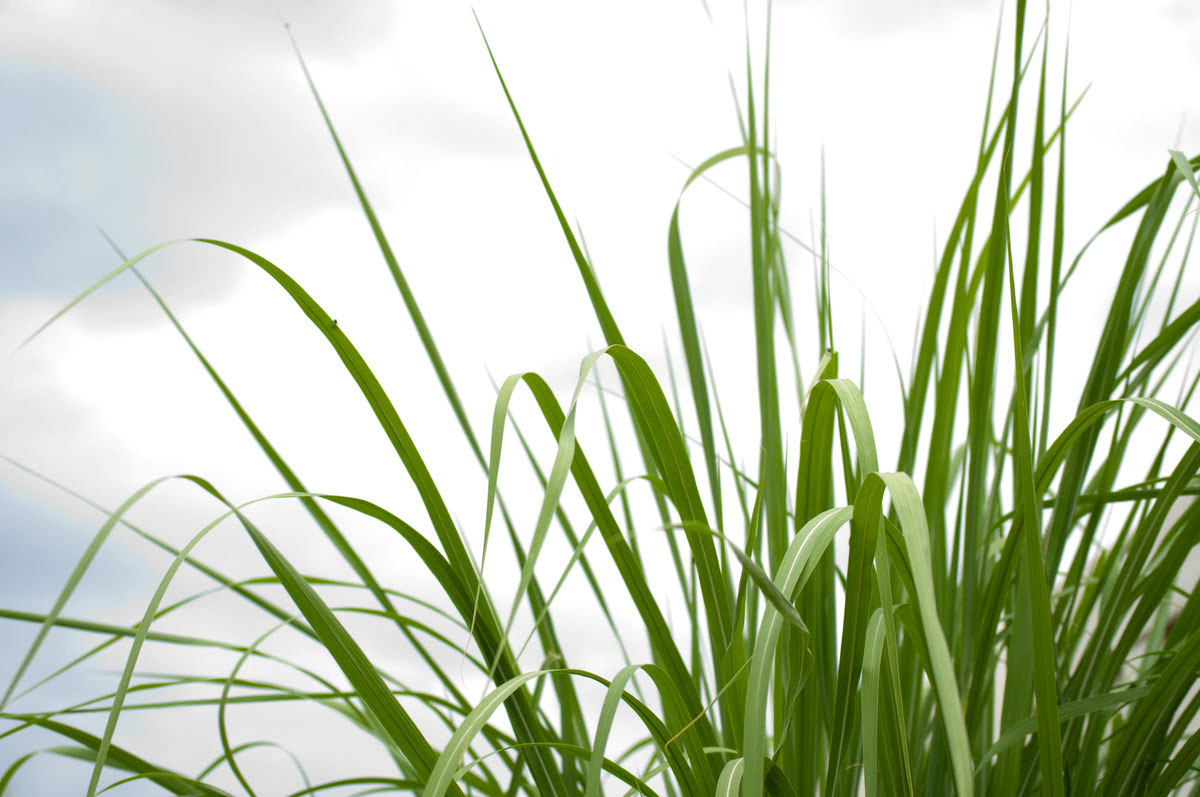
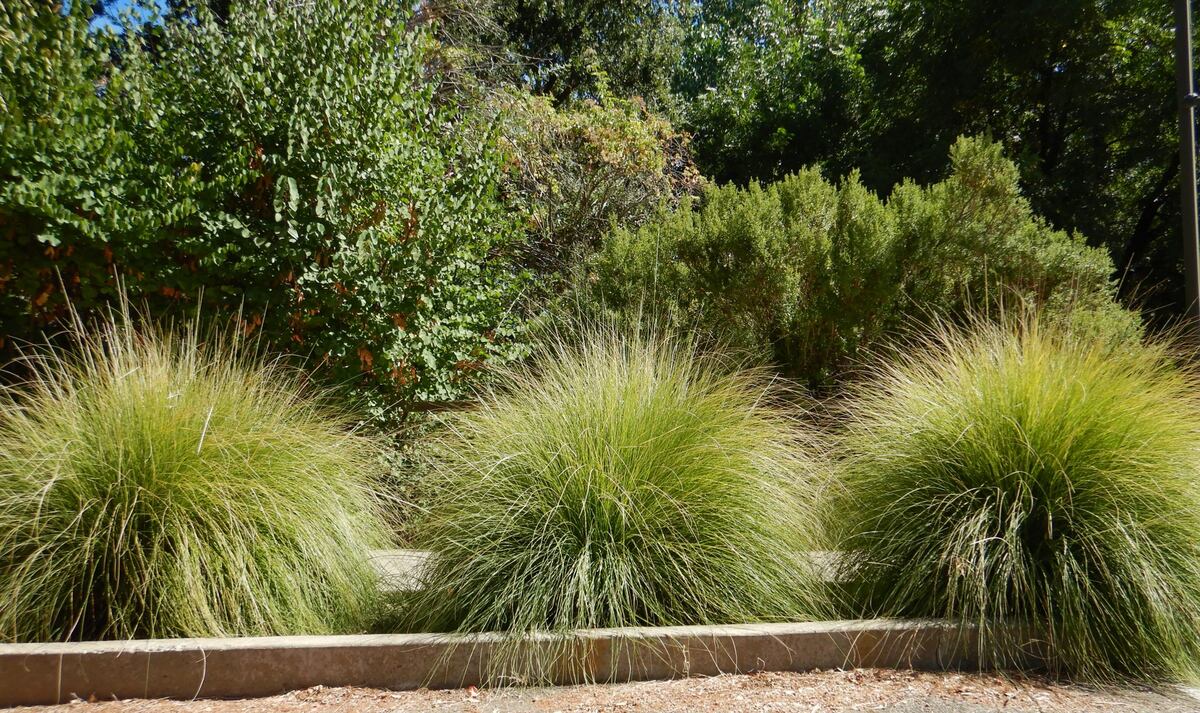
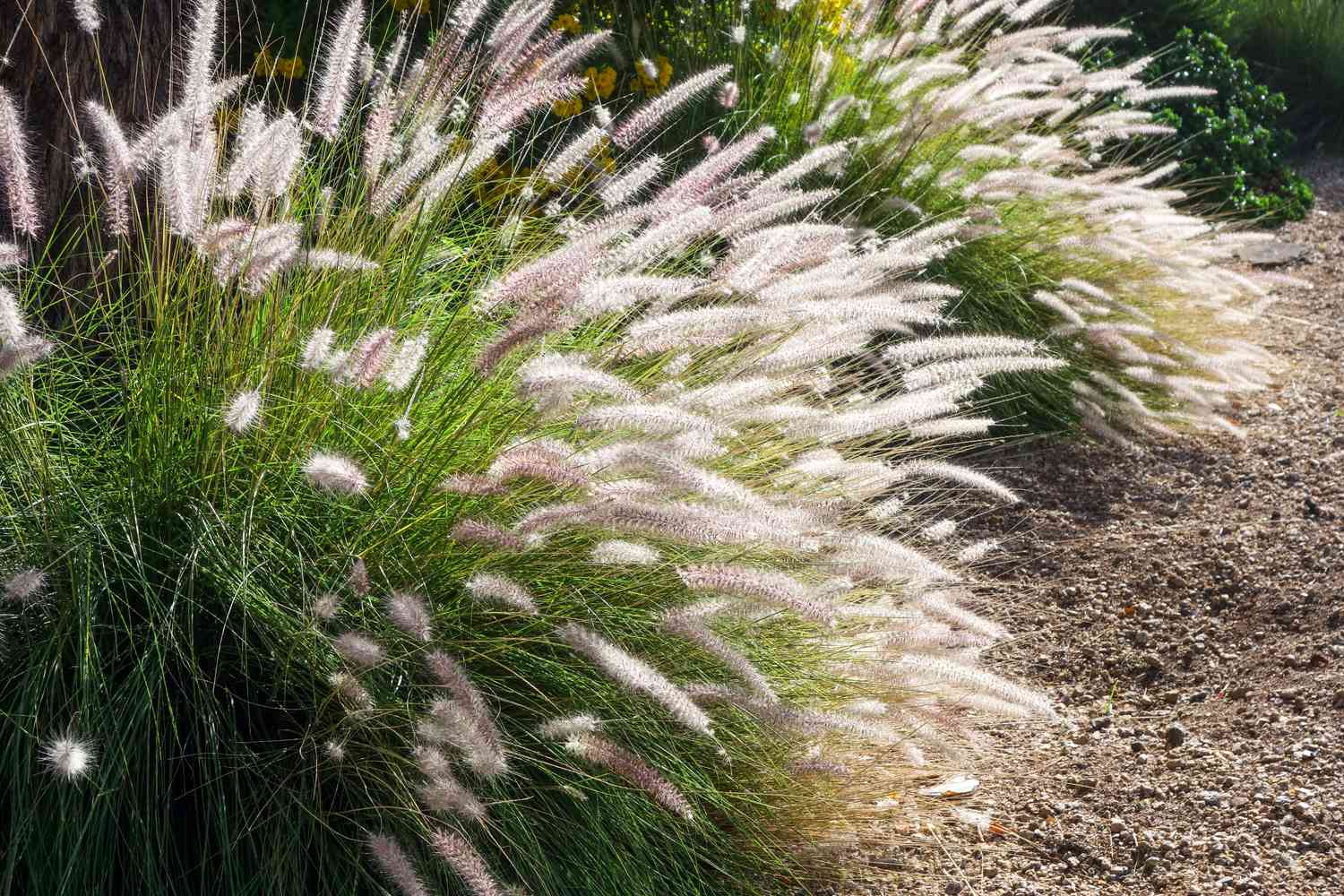
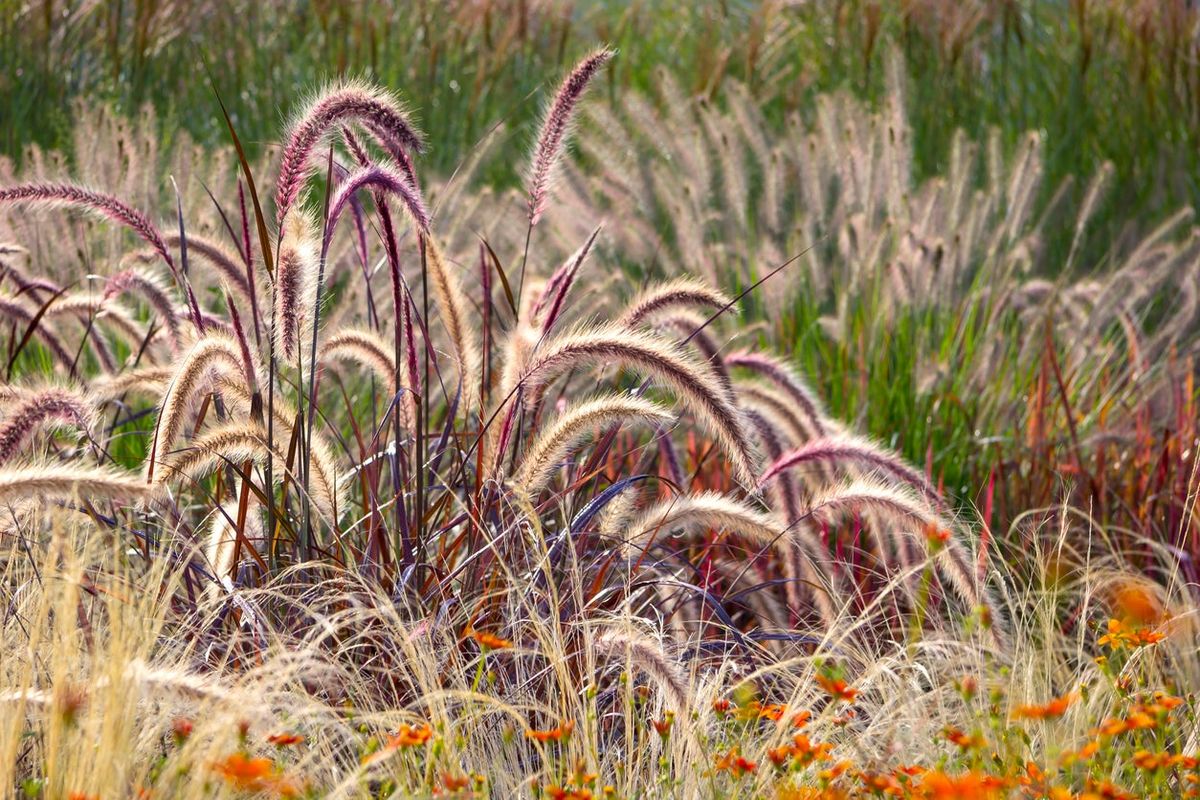

0 thoughts on “How To Grow Golf Course Grass”